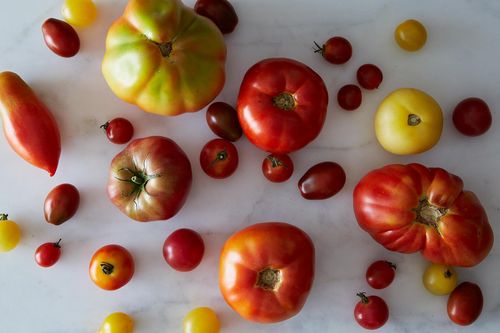Fabio Parasecoli, The Huffingtom Post
Is food art? As food gains increasing visibility as an arena where the cultural attitudes, the social status, and the political worldviews of individuals and communities are constantly negotiated, the question of whether food can be considered an art form resonates among scholars, practitioners, and aficionados. The New School, together with the Southern Food and Beverage Museum, will host a panel discussing this question on September 5. The topic is far reaching, as one could discuss the presence of food in visual and performing arts, the success since antiquity of books that elevated dining and cooking to extraordinary levels, and the elements of spectacle that enrich not only private and public banquets, but also less formal eating out experiences.
I would like to draw attention to two aspects of the possible connection between food and art. First, as I have discussed in my reviews of documentary about restaurants, such as Jiro Dreams of Sushi, Three Stars, and Step up to the Plate, innovation and creativity are included among the traits that are most commonly attributed to a successful chef in the highest spheres of haute cuisine. Chefs are not just craftsmen, artisans, or business persons; they are expected to offer patrons (and critics) dishes and menus that stimulate and surprise them, find new methods to manipulate ingredients, and interact with technology and design in ways that keep them on the cutting edge and ensure coverage from the press, TV, and the Internet.
My second point, which I explored in an essay included in Gastropolis: Food & New York City, is an extension of the first. I am referring to the not uncommon framing of these chefs and restaurants in term of avant-garde in the media and in public discourse. According to Merriam-Webster’s Collegiate Dictionary, the term appeared for the first time in English in 1910 to signify «an intelligentsia that develops new or experimental concepts esp. in the arts.» The Oxford English Dictionary, confirming the 1910 date, defines avant-garde as «the pioneers or innovators in any art in a particular period.» The expression seems to imply new and experimental concepts, the presence of innovators that can be considered an intelligentsia, and a specific environment: the arts. Can we find the same traits in totally different creative processes, such as cooking? Some chefs — or groups of chefs — actually express their visions and their goals in cookbook introductions, interviews, or Internet profiles that are similar in intention and tone to the manifestos of the avant-garde movements of the past. They organize meetings and conferences where ideas are exchanged and shared projects are outlined. The contemporary high-end food scene, at least on certain levels, enjoys great prestige and intellectual cachet, at times comparable to other more historically affirmed forms of artistic expression.
Do haute cuisine and the arts maintain similarly complex relationships with patrons and investors? New artists are often helped by donors, but their careers really take off when their work starts carrying conspicuous price tags determined by intricate market dynamics. Chefs can count on their clients to keep their establishment full, but they depend much more directly on investors. Under these circumstances, if creativity in the kitchen produces income, it is highly praised as a cultural achievement and valued as a commercial asset. But if creativity becomes excessive, intimidating, or turns away customers, investors will not hesitate to demand a different attitude from the chefs whose salaries they pay.
Nevertheless, young gifted chefs are often not too worried whether «narrow-minded customers» appreciate their work. They are ready to show off, to shock, and to entertain. Naturally, this means a huge financial risk for investors in the restaurant business. Betting on new talent is extremely dangerous, especially when his or her work seems to upset reliable customers and influential food critics. The tension between commercial requirements and innovation, just as in any other creative fields, is not easy to resolve.
29 agosto 2013
